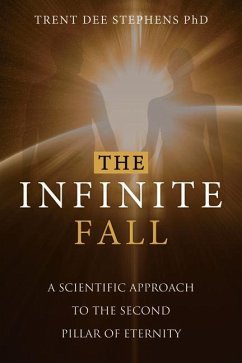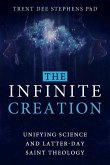In his 1981 BYU speech, Elder Bruce R. McConkie, said, "...the three greatest events that have ever occurred in all eternity...the three pillars of eternity...the creation, the fall, and the atonement," are eternally "interwoven to form one grand plan of salvation."1 Elder Russell M. Nelson, has stated, "...before one can comprehend the atonement of Christ, one must first understand the fall of Adam."2 The fall, then, being one of the three pillars of eternity, is, in itself eternal and infinite.; The concept of an infinite atonement and, by extension, an infinite fall, means that neither the fall nor the atonement is limited in space or time. Of course we know that the atonement occurred over a three-day period a little less than two thousand years ago (4-6 April around 33 AD). Although the atonement itself occurred at a specific, finite date, its effect is infinite - being both retroactive as well as proactive. We also believe that the fall occurred some six thousand years ago - again, at a specific, finite date. None-the-less, although the date of the fall is finite, if the influence of the atonement is infinite, by logical extension, the infinite fall must also be unconfined by space and time - therefore, being infinite, it must be retroactive as well as proactive.
Hinweis: Dieser Artikel kann nur an eine deutsche Lieferadresse ausgeliefert werden.
Hinweis: Dieser Artikel kann nur an eine deutsche Lieferadresse ausgeliefert werden.



![The Rise and Fall of Papacy [microform] The Rise and Fall of Papacy [microform]](https://bilder.buecher.de/produkte/65/65551/65551459m.jpg)




